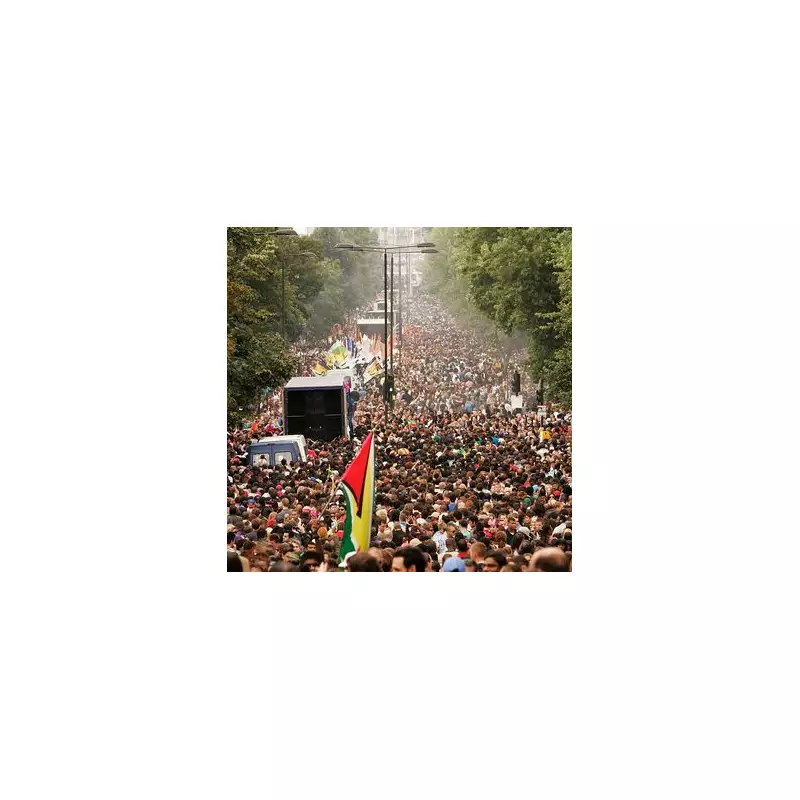
The Origins of Notting Hill Carnival
What began as a small celebration of Caribbean culture in the 1960s has blossomed into Europe's largest street festival. The Notting Hill Carnival, held annually in London, is a dazzling display of music, dance, and vibrant costumes that attracts millions of visitors.
From Humble Beginnings to Global Phenomenon
The carnival's roots trace back to 1966 when community activist Rhaune Laslett organised a multicultural festival to bring together Notting Hill's diverse residents. Inspired by Trinidadian traditions, early celebrations featured steel bands and colourful costumes that reminded Caribbean immigrants of home.
The Heartbeat of the Carnival
Today, the event pulsates with different musical styles:
- Steel pan bands - Keeping traditional Caribbean sounds alive
- Soca and calypso - The rhythmic backbone of the parade
- Reggae and dancehall - Adding contemporary energy to the streets
More Than Just a Party
Beyond the spectacle, Notting Hill Carnival serves as:
- A celebration of Caribbean-British culture
- A platform for social cohesion
- An economic boost for local businesses
The event now generates an estimated £93 million for London's economy each year while maintaining its community spirit.
Planning Your Carnival Experience
For first-time visitors, key tips include:
- Arriving early to beat the crowds
- Trying authentic Caribbean street food
- Exploring the vibrant children's parade on Sunday
With its unique blend of tradition and modernity, Notting Hill Carnival continues to evolve while staying true to its multicultural roots.





